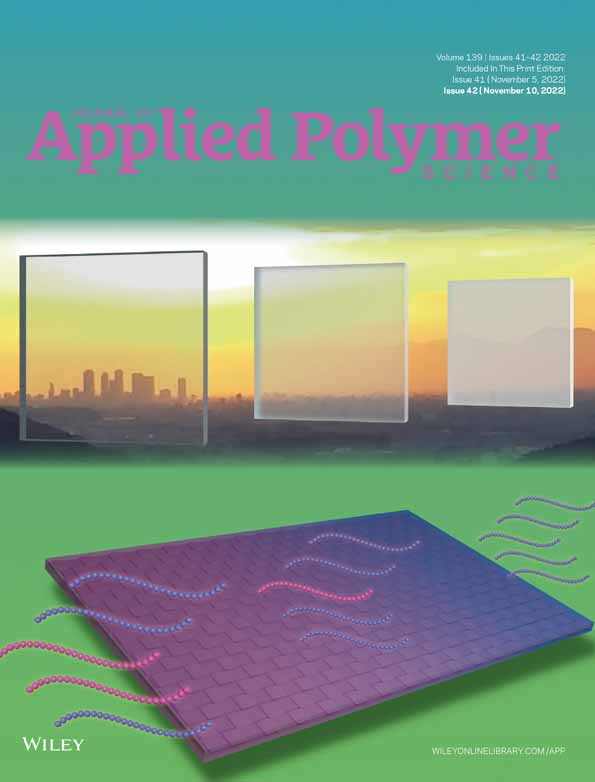Improvement of structural vibration damping performance of SMCs through SMC/TPE sandwich structures
Funding information: Provincial Government of Bizkaia
Abstract
Sheet molding compounds (SMCs) are interesting materials for the hybrid and electric vehicle (HEV) industry due to their high stiffness-weight ratio, ease of processing, and competitive costs. Nevertheless, HEV industry demands advanced requirements such as enhanced vibration damping capabilities and thermal fatigue resistance. In this regard, the high stiffness of SMCs usually involves poor damping capacity, so improving the vibration damping behavior on SMCs proves to be a growing research line. The hybridization of SMCs with thermoplastic elastomers (TPEs), by means of free-layer damping structures, has been confirmed as an effective way to enhance the damping properties of SMCs, but these structures lack the sufficient temperature resistance for certain applications. In this work, the hybridization of epoxy-based carbon fiber SMC with TPE by sandwich structures has been studied as an innovative strategy to address the enhancement of the vibration damping capacities of SMCs and assure their usage on temperature applications. The mechanical properties, vibration damping performance, and influence of temperature of the sandwich structures has been analyzed by quasi-static 3-point bending tests and dynamic mechanical analysis. Experimental tests show the capability of hybrid sandwich structures to boost the vibration damping efficiency of SMCs while keeping their suitability for structural applications.
Open Research
DATA AVAILABILITY STATEMENT
The data that support the findings of this study are available on request from the corresponding author. The data are not publicly available due to privacy or ethical restrictions.




